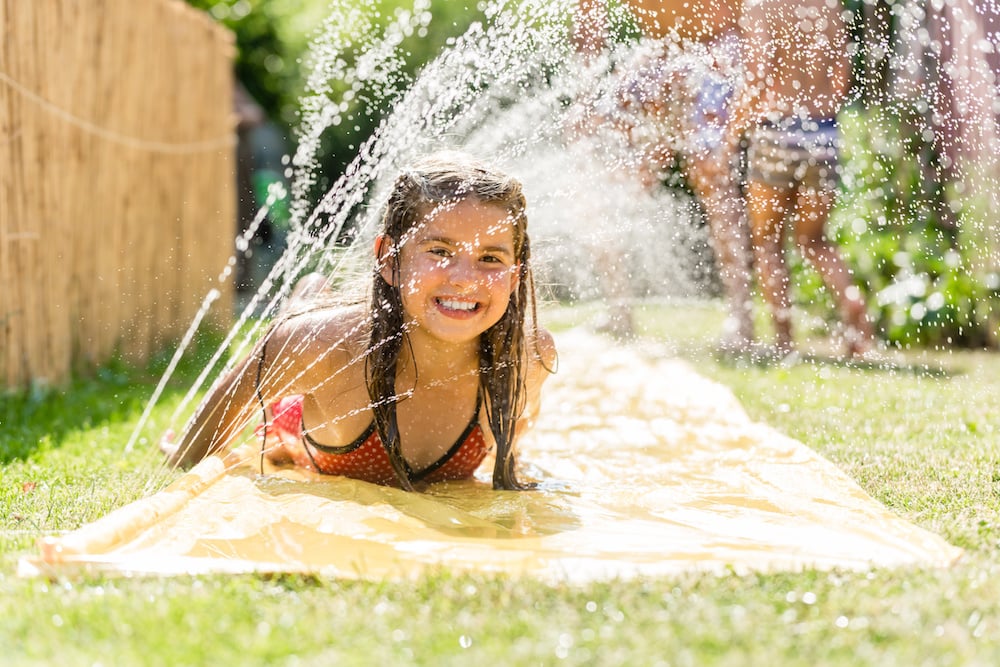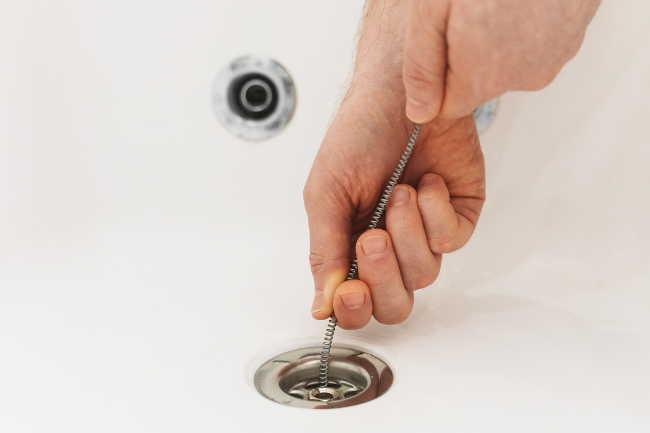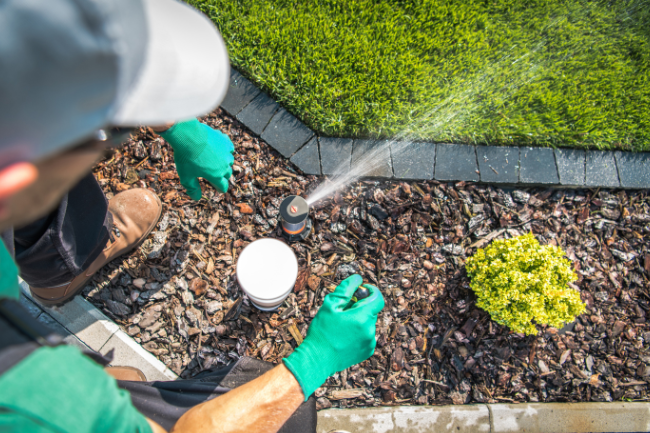How to Lower Your Home Water Bill: 7 Tips
Posted by William Heinselman on

According to the U.S. Environmental Protection Agency (EPA), the average American household uses over 300 gallons per day at home. Many of those gallons go to waste, and there are many opportunities to save water and lower your home water bill.
From taking shorter showers, and eco-conscious appliances, to conserving outdoor water usage, here are seven ways you can start reducing your water bill at home.
Causes of a High Water Bill
Some reasons that can cause your water bill to rise include:
- Filling or topping off a home swimming pool
- Kids home for summer vacation, or more guests visiting your house can mean an increase in home water use
- Increased watering of your lawn, garden, or new grass and trees
- Water-cooled air conditioners
- Waterslides or other yard activities involving water
- A leak in your pipes
No matter the case, high water usage usually means a high water bill, but this doesn’t have to be the case. There are some steps you can implement to reduce your residential water bill.
7 Ways to Lower Your Home Water Bill
By finding ways to save water, you’ll also reduce your water usage (and a high water bill). This doesn't mean you need to change your water usage habits, but there are a few small tweaks that you and your family can make that can lower your overall usage.
1. Prevent Unnecessary Water Waste
Appliances use more water than you realize. By recognizing areas where you are unnecessarily wasting water, you can cut back on your consumption and further avoid a high water bill. For example:
- Only run the dishwasher when it is at full capacity.
- Opt for taking showers rather than baths, which use more water. And, avoid taking extra-long showers, which will eventually use up more water than a bath.
- When washing vegetables and fruits, avoid letting the faucet run water continuously. Instead, fill up a bowl with water to wash the produce in.
- Turn off the faucet when you brush your teeth so that it doesn’t run continuously, further wasting water.
2. Check for Leaks
A leak in your house can cause thousands of gallons of water to be wasted. If your water bill is unusually high, be sure to check for leaks in your taps, toilets, and hose connections on a regular basis. You want the water to flow from the spigot and through the hose. Any water that escapes at the attachment point will be wasted, and it will contribute to your overall water consumption.
Some leaks may be more complex than others. If you can't find a leak on your own but suspect one may be present, call your local plumber to come inspect your residence before more water is wasted.
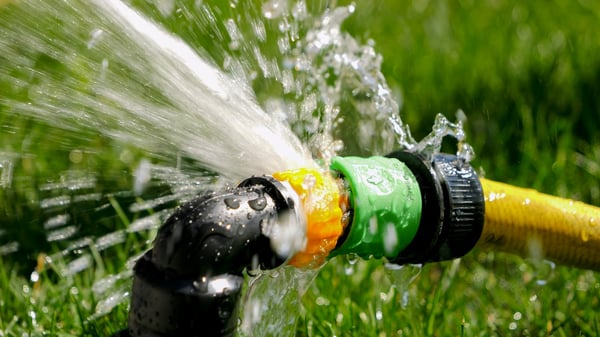
3. Water Your Lawn in the Morning or Evening
By watering flowers, gardens, and lawns early in the morning, homeowners can stay ahead of the heat and reduce water consumption. Watering early enough will reduce the effects of daytime evaporation, so you don’t have to use more water.
Configure your home sprinkler system to automatically start early in the morning, and consider upgrading your irrigation system with a rain sensor (since there’s no need to water your lawn if it rains!). Additionally, you could also water your lawn in the late afternoon or evening to the same effect.
4. Assess Your Lawn Before Watering
Excess watering not only leads to wasted water, but it might even do more harm than good, especially if over-watering your lawn leads to run-off. So, before you bring out the garden hose, make sure to observe your yard to determine if it even needs to be watered.
One trick is to take a step on your grass and observe what happens. If the lawn springs back up after you remove your foot, then it doesn't need to be watered. But, if the grass stays matted down or has a brittle texture, it might need a little bit of care.
Additionally, you might even want to consider leaving your grass a little bit longer than normal. Long grass can reduce evaporation, meaning it will last longer in between watering. Plus, long grass is a soft surface for kids to play in during the summer months!
5. Update Your Appliances
You might want to take a closer look at your appliances as they might be responsible for more water usage than you think.
Water-efficient washing machines, dishwashers, toilets, and kitchen faucets can lower your water usage, in turn lowering your water bill. And, a simple change like switching out your shower head for a more efficient one can also make an impact.
6. Start Composting
Putting food scraps in the sink and using water to run the garbage disposal can create unnecessary waste. By composting your food scraps, you eliminate the need to run water down the garbage disposal.
7. Consider Drought-Tolerant Landscaping
If your lawn is home to water-hungry plants that are driving up your bill, consider swapping them out for plants that are more low-maintenance and need minimal irrigation. Hiring a landscaper can cost up to $50 per square foot depending on the work involved, but it could save you a lot of money in the long run.
Other Reasons Why You Have a High Water Bill
A high water bill may also be the result of serious problems in your plumbing that can affect your home throughout the year, not just in the summer.
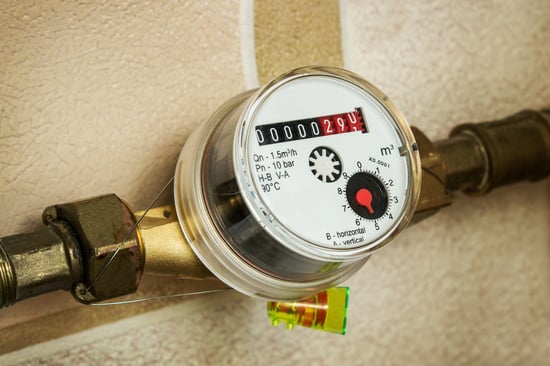
A Leaky Toilet
One of the most common reasons for a high water bill can be due to a running toilet that needs repair. A running or leaky toilet can waste up a staggering 6,000 gallons per month, adding hundreds of dollars to your water bill.
The main culprit of a leaky toilet is due to a faulty flapper in the toilet tank. Luckily, a leaky toilet is usually not difficult to fix and can be solved with a few minutes of work and a trip to your local hardware store.
Lateral Line Leaks
If you notice a high water bill this season, you may have a crack or loose joint in your lateral line pipes. Factors can range anywhere from tree root intrusion to pipe age to seismic activity.
Leaks in your underground pipes can also lead to severe property damage so the best solution is to contact a plumber. A professional can recommend the best solution for the leak—such as traditional trench & replace, trenchless pipe lining, or pipe bursting.
Dripping Faucets
Your high water bill may also be the result of leaky faucets. Though leaky faucet fixtures may not seem like a big deal, over time they can cost you. For example, a faucet that’s leaking about one drip per second can waste about 17 gallons over the course of a day. However, a leaky faucet can be solved with a quick fix.
Usually, a faulty rubber washer in the faucet handle is the reason for the leak. All you will likely have to do is turn off the water to the leaky faucet, unscrew the handle, remove the bad washer, and replace it with a new one.
Follow These Tips to Start Saving on Your Water Bill
By following these tips, you don't have to break your budget over your water consumption. To learn more about what you can do to limit your water consumption and save money, contact the expert plumbers at Express Sewer & Drain today.
Topics: Home Plumbing, DIY, Plumbing Tips

